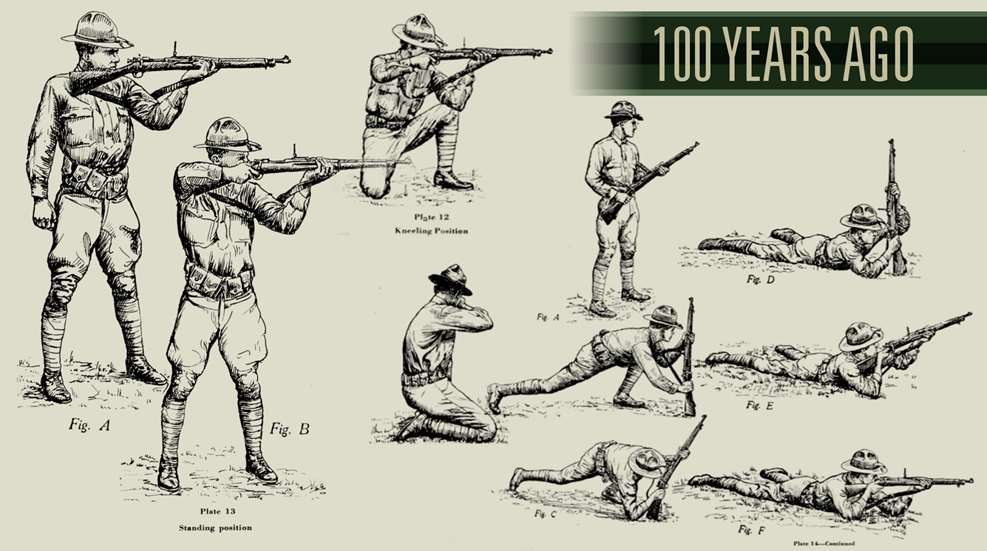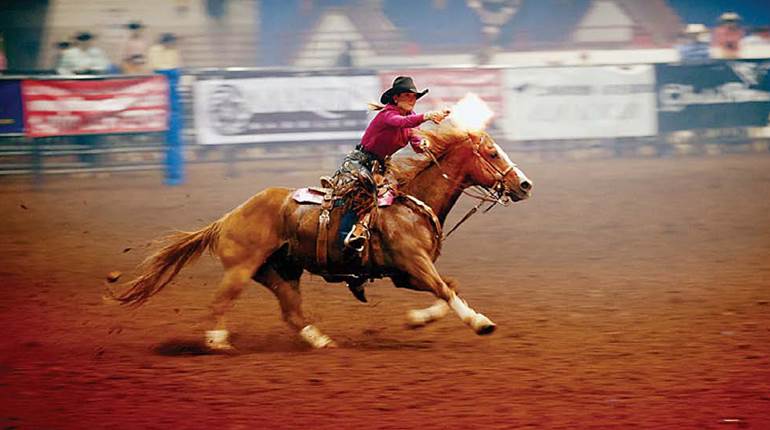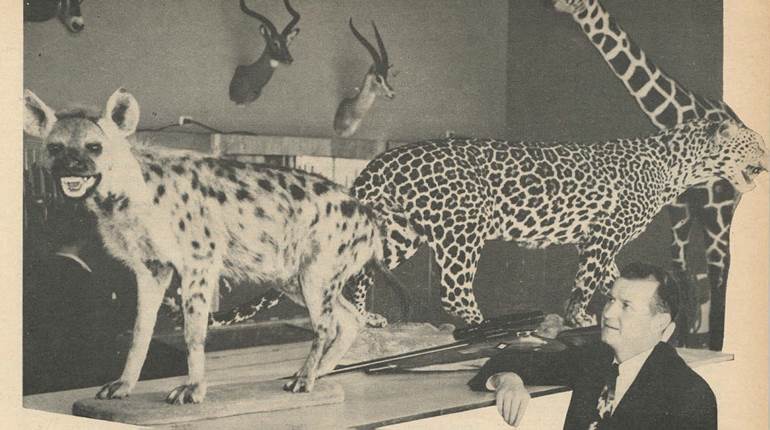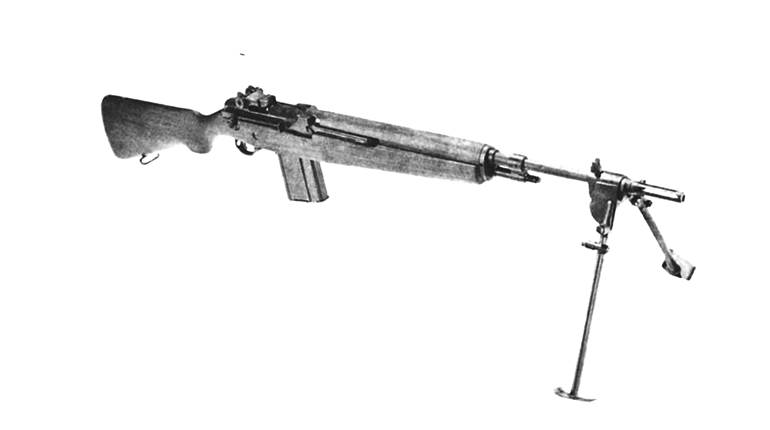
The most important item in rifle shooting is to squeeze the trigger in such a way as to fire the rifle without affecting the aim. The trigger must be squeezed so steadily that the firer cannot know the instant the piece will be fired. Any man can hold the rifle steadily enough to fire a good shot, and he can so hold it for a comparatively long time. Misses and poor shots are due to spoiling the aim just before the discharge takes place. This is done by jerking the trigger and flinching. If a man squeezes the trigger so steadily that he cannot know when the discharge will take place, he does not spoil his aim and he will not flinch, because he does not know when to flinch.
No good shot attempts (Fig. B) to set the rifle off at any instant at which his sights are aligned on the mark. That is what the poor shot does. The good shot holds his aim as accurately aligned on the mark as possible and maintains a steady pressure upon the trigger until the piece is fired. This method of squeezing the trigger must be carried out in all preparatory practice or the whole value of the practice is lost.
There is only one correct method (Fig. C) of squeezing the trigger-a steady increase of pressure so that the firer does not know when the discharge will take place.
Excellent shots are men who, through training, have learned to increase the pressure only when the sights are in absolute alignment (Fig. D) with the bull's-eye. When the sights get slightly out of alignment, they hold what they have with the finger and only go on with the increase of pressure when the sights again become properly aligned.
The difference between poor shots and good shots, good shots and very good shots, and very good shots and excellent shots is only the difference in their ability to squeeze the trigger properly. The heart and soul, the beginning (Fig. E) and end of good shooting, is the trigger squeeze. Any man with fair eyesight and strength enough to be on duty can align the sights on the target and hold them there for an appreciable length of time. When he has acquired sufficient will power and self-control to forget that there is to be an explosion and a shock, and squeezes the trigger with a steady increase of pressure until the rifle is fired, he has become a good shot, and not until then. This squeeze of the trigger applies to rapid fire as well as slow fire. The increase of pressure is faster in rapid fire, but the process is the same.
[June 1923]





































